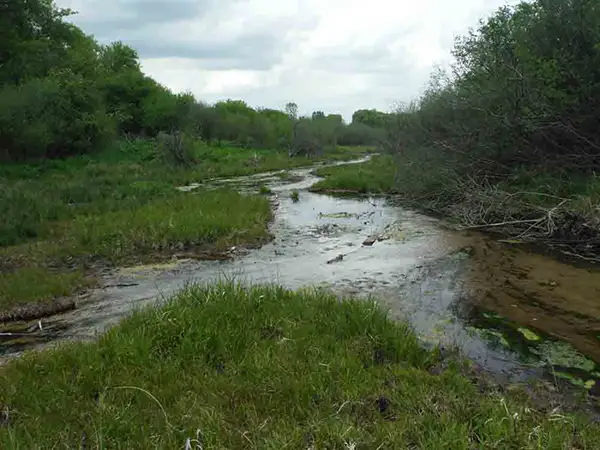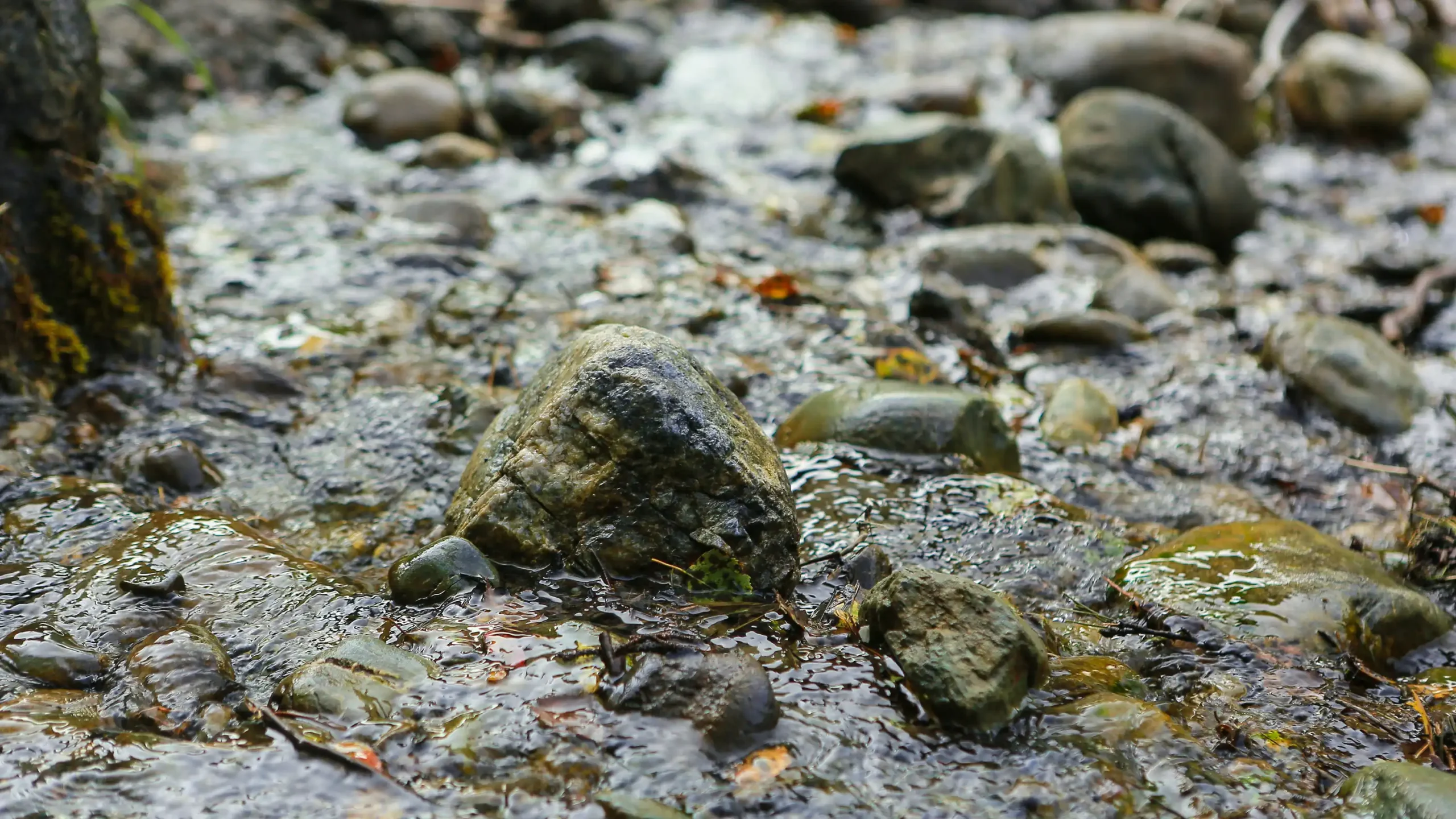Our most critical resource is one you can’t see. It’s beneath your feet, way beneath, supporting life in uncountable ways. This is the groundwater network, and Wisconsin’s is just as energetic as its citizens above ground.
Congratulations to Sue Swanson, a 2025 recipient of the Nelson Institute’s Distinguished Alumni Award! How did a farm-based childhood and Peace Corps experience draw her to a master’s degree in water resources management? Learn more about Swanson’s career
Sue Swanson, Wisconsin’s state geologist and the director of the Wisconsin Geological and Natural History Survey, has spent her career digging into what’s happening beneath the surface. “That’s a problem with hydrogeology,” she says. “Much of what we study … we can’t see it.” Where we can see it, or where we at least get glimpses of it, is in the places where it naturally flows to the surface: springs.
Swanson knows a thing or two about springs, too, having led the effort to catalog springs across the state of Wisconsin. To save you the time (and the mileage), here are five things you didn’t know about Wisconsin’s springs.
1
Yes, we do know the location of Wisconsin’s large springs! Following the adoption of Wisconsin Act 310, which required approval for high-capacity wells (more than 100,000 gallons of water per day), Swanson and a team traversed the state to find large springs, categorize them, and collect data. It took three years, and they described 415 in total. The Department of Natural Resources continues to monitor these sites on a rotating basis (every 5–10 years).
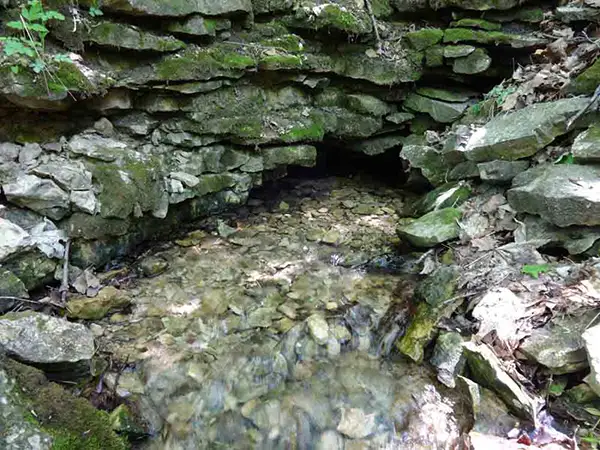
2
About 80 percent of Wisconsin’s 72 counties have large springs. That’s all except Barron, Brown, Clark, Florence, Jackson, Kenosha, Kewaunee, Manitowoc, Menominee, Milwaukee, Outagamie, Price, Taylor, and Wood.
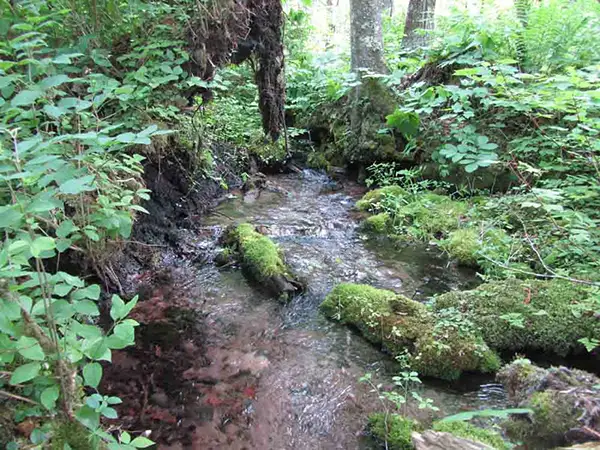
3
Richland County in southwestern Wisconsin has both the highest number of springs (38) and the highest density of springs.
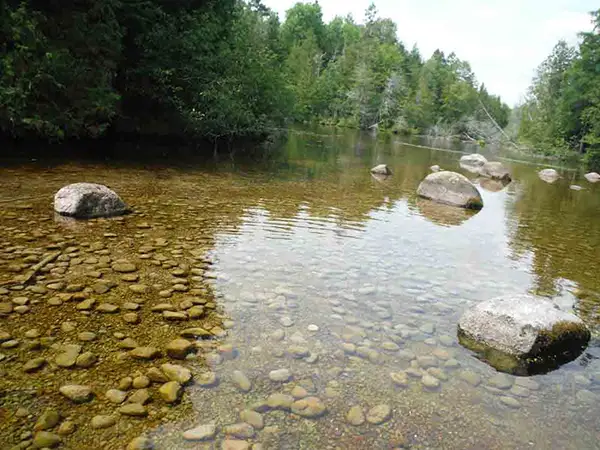
4
Three categories of springs occur in Wisconsin: rheocrene springs, which create defined channels; hillslope springs, which come from 30-degree–plus slopes; and limnocrene springs, which flow into lakes.
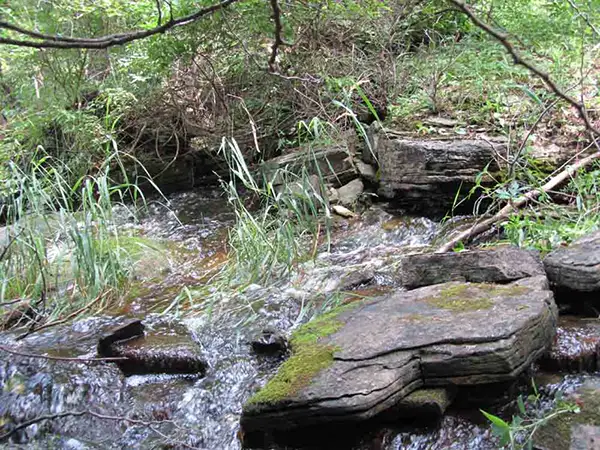
5
Trout aren’t the only ones who love streams. The Hine’s emerald dragonfly (Somatochlora hineana), believed to be extinct until the late 1980s and now listed as endangered, has been found in springs and groundwater fed streams and wetlands in Grant, Richland, Iowa, Ozaukee, and Door Counties.
